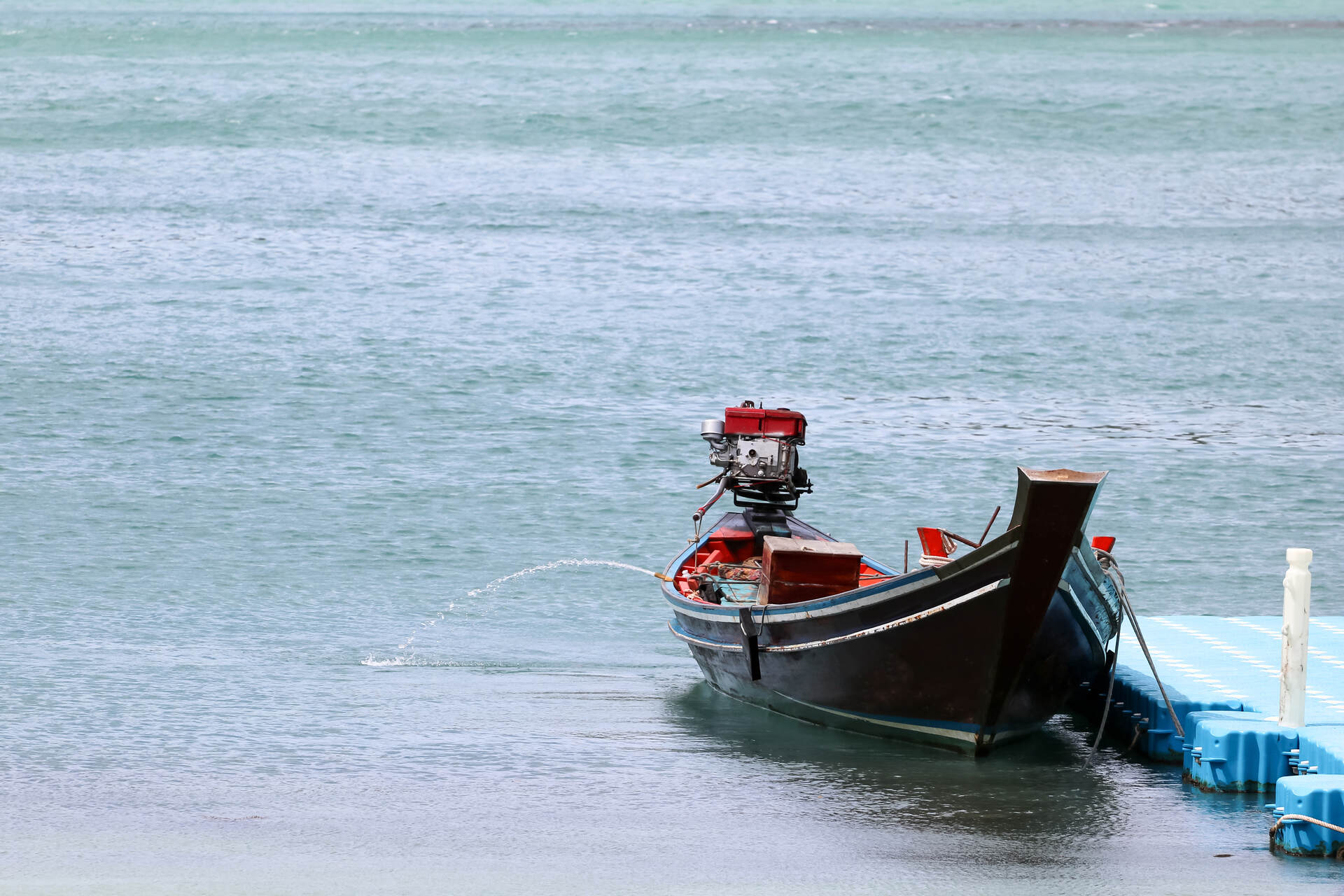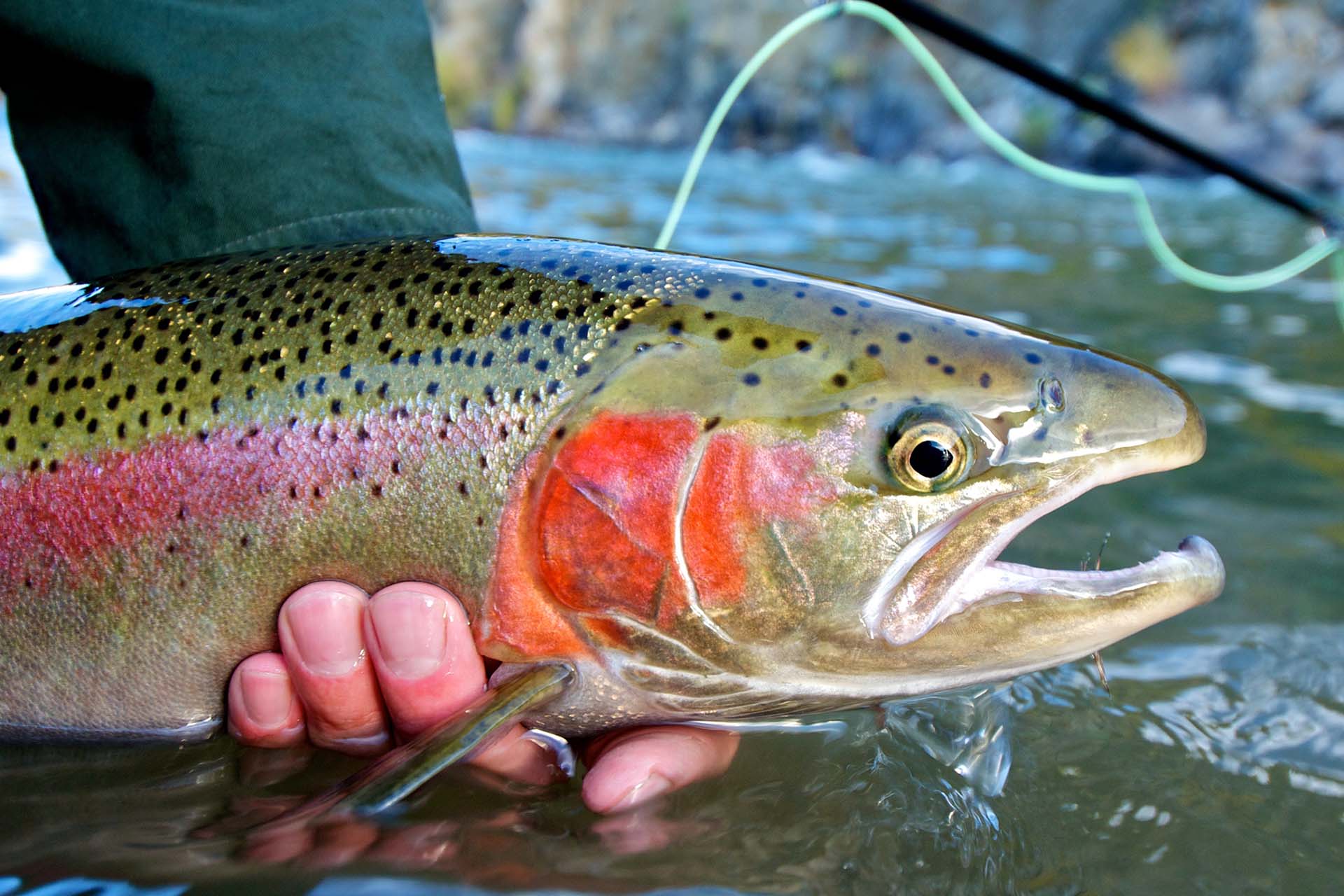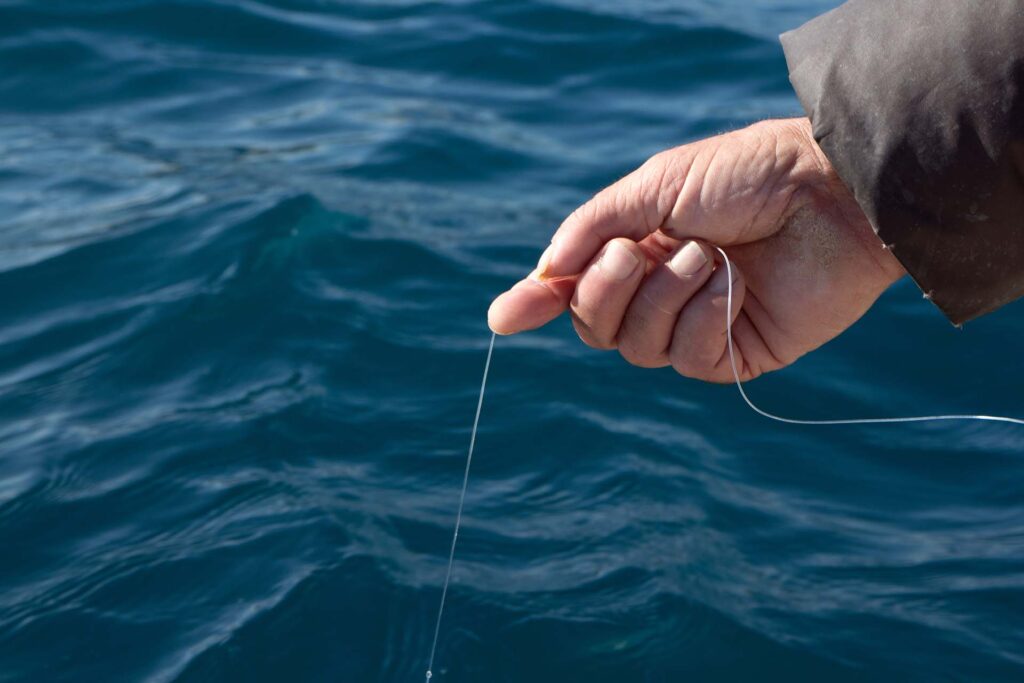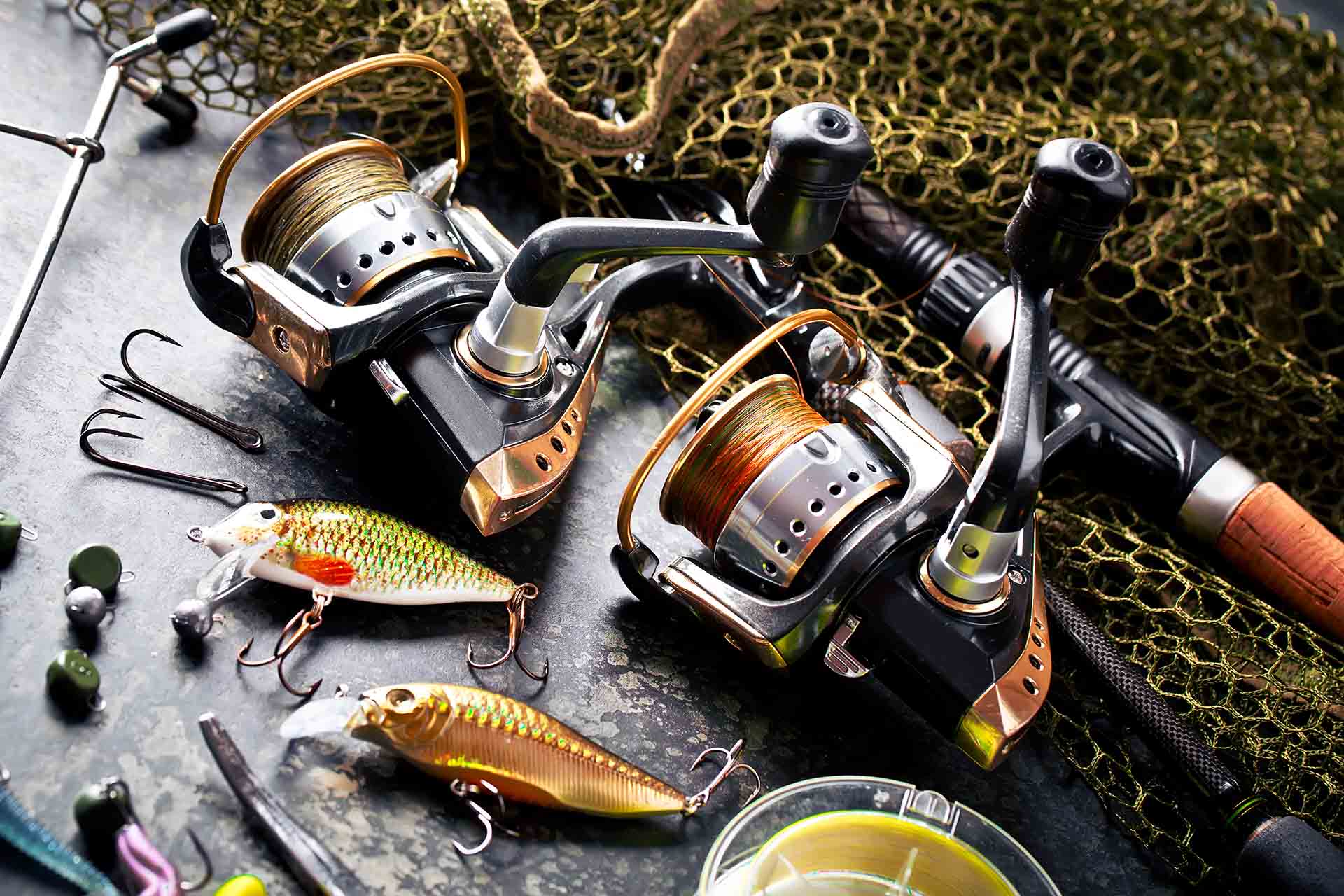Imagine setting sail on a calm sea, the sun kissing your face, and then suddenly, you notice water where it shouldn’t be – in your boat! Luckily, one reliable crew member can help you with this leaky mishap. But what is a bilge pump, and how does it work exactly? Let’s uncover more about this essential marine safety equipment. Make sure your adventures remain more about enjoyment and less about unexpected indoor pools.
What Is a Bilge Pump on a Boat?
A bilge pump is vital motorboat equipment designed to remove excess water from the lowest compartment inside the hull of a fishing boat. This device works manually or automatically, helping prevent the vessel from sinking and maintaining stability and safety at sea.

Let’s Reel in the Basics – The Main Types of Bilge Pumps
So, you’re wondering – what is a bilge pump for a boat? Well, the best way to grasp the ins and outs of this sailing safety gear is to understand the different types at your disposal. Each one works a bit differently. Knowing these nuances can be a game-changer when it comes to emergency water evacuation. Here’s a brief overview:
Manual Bilge Pumps
Manual bilge operation is the traditional, hands-on approach to water removal. It requires physical effort, usually a hand-operated lever or handle, to pump the water out. Think of it as a workout with a purpose – keeping your fishing boat afloat.
The beauty of these manual devices lies in their simplicity and reliability. They don’t rely on electricity, which means they’re always ready for action, even during power failures or battery issues. Their mechanical nature makes them less prone to malfunction, offering a straightforward, dependable solution in waterlogged situations.
Electric Bilge Pumps
Electric pumps are the more modern, automated solution. They run on the boat’s battery power and can move a significant amount of water without requiring manual labor. Just flip a switch, and the device springs into action, doing the heavy lifting for you.
The main draw of the electric bilge pump function is the convenience and efficiency. They can handle larger volumes of water much faster than manual pumps. Making them ideal for bigger boats or more serious water intrusion. On top of that, their automated nature also means less manual effort, allowing you to focus on other tasks, like landing your target fish species.
Automatic Bilge Systems
Automatic devices take convenience one step further. They’re equipped with sensors that detect water levels in this part of the boat and activate the pump automatically when needed. It’s like having a vigilant crew member on duty around the clock.
The standout advantage of this system is its set-it-and-forget-it nature. No more wondering – should I leave my bilge pump on all the time? They offer peace of mind, continuously monitoring this compartment and responding instantly to water accumulation without human intervention. This feature is particularly valuable when you’re not on board, ensuring your prized vessel stays dry and safe even in your absence.
Boating Safety Check – What Is a Bilge Pump Used for Other Than Boat Water Removal?
While this pump’s job description might seem limited to just water removal, this singular role is like a superhero power when it comes to overall safety. No matter if you’ve got a freshwater boat or one of those titans made for cutting the waves of saltwater environments, this gadget is not just about keeping your deck dry. It’s about ensuring the entire vessel remains seaworthy and ready for the journey ahead.
Here’s how this unassuming device contributes significantly to your vessel’s safety:
- By removing excess water, they prevent the boat from becoming too heavy, which can lead to instability and potential capsizing,
- Regular water removal helps maintain the boat’s buoyancy and stability, ensuring it rides the waves as intended,
- Keeping this part of the vessel dry helps prevent water from damaging the boat’s electrical systems, which could lead to critical failures and costly repairs,
- Consistent water removal helps prevent long-term damage and corrosion to the hull and other vital components,
- A functioning device can buy crucial time to manage the situation or wait for help in an emergency.

Smart Boating Solutions – Finding Your Vessel’s Perfect Match for Dry Adventures Ahead
Understanding the critical role of this innovative marine equipment in responsible boating practices opens the door to a crucial decision – finding the perfect gadget for your vessel. It’s like choosing the right life jacket – it needs to fit well and serve its purpose effectively.
With the variety of boats, each with its unique requirements, selecting the ideal product is not a one-size-fits-all scenario. There are as many types of these devices as there are vessels, from small kayaks to large yachts.
Factors to Consider When Choosing a Bilge Pump
This diversity, while beneficial, can sometimes be overwhelming when you’re trying to find your perfect match. Let’s walk through the key factors that can lead you to the right catch:
- Boat size – larger boats generally require pumps with higher capacity and possibly multiple pumps for different sections,
- Power source – consider whether your vessel is better suited for a manual, electric, or automatic pump based on its power system and your boating habits,
- Water ingress rate – assess how quickly water typically accumulates in this part of your vessel to determine the pump’s required flow rate.
A Few of My Personal Recommendations for Different Types of Boats
For smaller boats like dinghies or small sailboats, a compact, efficient electric device such as the Dontmiss Automatic Submersible Bilge Pump is often sufficient. These boats typically don’t face massive water ingress, so a pump with a moderate flow rate can keep them dry without taking up too much space or power.
Conversely, for larger boats, I recommend considering a robust non-electronic device such as the Whale Gusher Titan Manual Bilge Pump. In situations where power is compromised or you’re dealing with significant water ingress, having a high-performing manual device can be a true lifesaver. Consider it one of the most crucial boating safety essentials, providing peace of mind that you have a reliable solution even in the toughest situations.

Installing Bilge Pumps – General Guidelines for Setting up This Essential Boating Equipment
With the plethora of types and specific models out there, covering every possible installation scenario is as feasible as catching every fish species in the sea. But don’t worry. If you’ve reeled in a product from a reputable brand, you’ll find a treasure trove of detailed instructions in the box.
For those ready to tackle this task, here’s a general guide to help you navigate the installation process:
- Choose the lowest part of the vessel to ensure maximum water removal,
- Install the device in a place where you can easily reach it for maintenance or emergency manual operation,
- Ensure the device is securely mounted to prevent it from moving or tipping over,
- Route the discharge hose upward and out of the boat to prevent backflow,
- If installing an electric or automatic pump, ensure all electrical connections are waterproof and secure,
- Install a check valve to prevent backflow and a strainer to keep debris from clogging the pump,
- Once installed, test the device in a controlled environment to ensure it works correctly.

DIY Boat Maintenance – The Ins and Outs of Bilge Pump Upkeep
Keeping this crucial boating device in ship shape is akin to maintaining your favorite fishing rod – essential for ensuring it’s ready when you need it most. Regular maintenance not only extends the life of this device but also ensures it operates efficiently, keeping your vessel safe and dry. Here are a few important tips for safeguarding your sea adventures:
- Routinely clean the device and its surroundings to prevent clogging from debris,
- Regularly check hoses for cracks or wear and ensure connections are secure,
- Periodically test the gadget to ensure it’s working correctly,
- For electric pumps, regularly check the battery and electrical connections to ensure they are corrosion-free and functioning properly,
- Keep an eye out for signs of wear or damage, and address any issues promptly.
When Is It Time for a Bilge Pump Upgrade?
If you notice consistent issues like reduced efficiency, frequent clogging, or the need for constant repairs, it might be time to consider a new model. Also, if your boating habits have changed – perhaps you’re venturing out more often or into different waters – upgrading to a device that better suits your current needs is a wise move.
Enjoy Peace of Mind With Your Unsinkable Partner in Smooth Sailing
All in all, this humble device is more than just a mechanical fisherman bailing water out of your boat. It’s your first mate in maintaining a dry and safe vessel, a guardian against the unexpected waves of challenges. So, keep these tips in your captain’s hat, and you’ll be all set for many safe and enjoyable adventures on the high seas. Here’s to calm waters and functioning pumps!
FAQ
How Often Should Bilge Pumps Be Replaced?
The lifespan of this device varies depending on usage and maintenance, but a general rule of thumb is to consider replacing it every 3-5 years. Regular inspections and maintenance can extend its life, but if you notice a decrease in efficiency or more frequent clogs, it’s time to consider a replacement.
Can Bilge Pumps Remove Oil and Fuel?
These safety gadgets are designed to remove water, not oil or fuel. Using them to remove oil or fuel can be dangerous and is often illegal due to environmental regulations. If oil or fuel is present, use appropriate absorbent materials and dispose of them correctly.
Do I Need More Than One Bilge Pump on My Boat?
Having multiple pumps is recommended, especially for larger boats. This provides redundancy in case one device fails and ensures effective water removal from different areas of the boat. The number and capacity of pumps needed depend on your boat’s size and layout.








